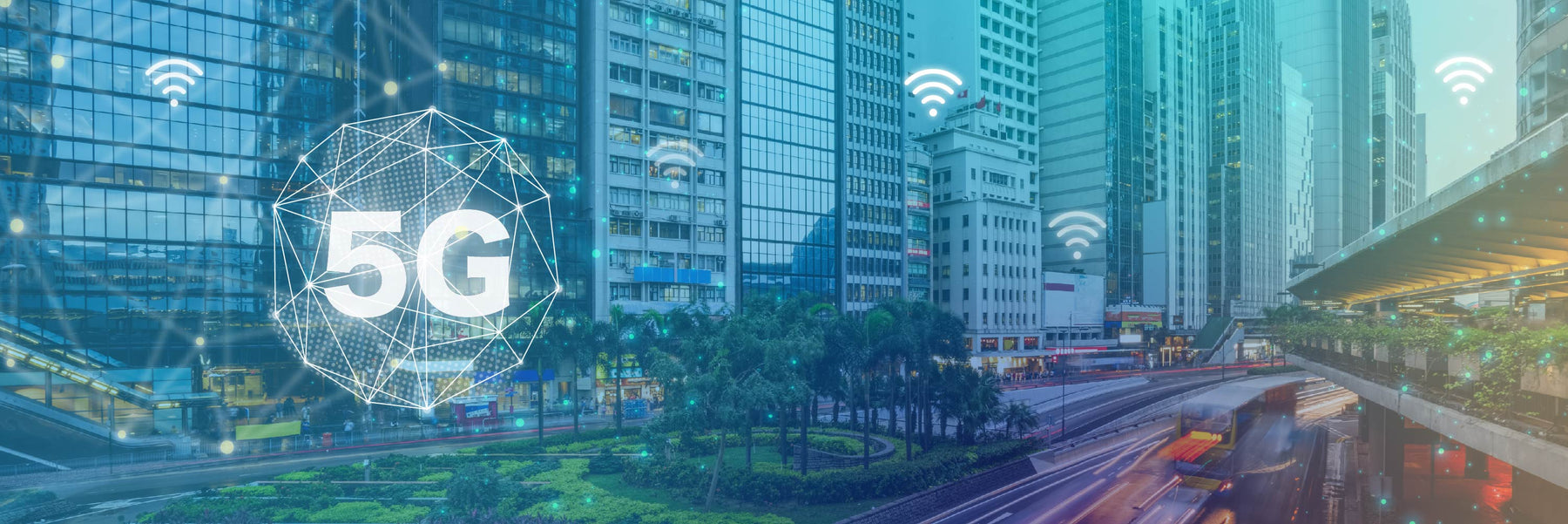
5G & Wireless

5G Fronthaul
| Product Name | Data Rate | Wavelength (nm) |
Distance | Medium | Power (dBm) |
Sen. (dBm) |
Tem. |
| 10G LR-Lite | 10G | 1310 | 2km | SMF | -8~0.5 | -14.4 | I |
| 10G LR | 10G | 1310 | 10km | SMF | -8~0.5 | -14.4 | I |
| 10G CWDM | 10G | 1271~1331 | 10km | SMF | -8~0.5 | -14.4 | I |
| 10G DWDM | 10G | DWDM | 80km | SMF | 0~4 | -24 | I |
| 10G Bidi LR-U | 10G | T1270/R1330 | 10km | SMF | -5.0~0 | -14 | I |
| 10G Bidi LR-D | 10G | T1330/R1270 | 10km | SMF | -5.0~0 | -14 | I |
| 10G ELR | 10G | 1310 | 20km | SMF | -5.0~0.5 | -14.4 | I |
| 25G LR-Lite | 25G | 1310 | 0.3km | SMF | -4~2.2 | -8.5 | I |
| 25G LR | 25G | 1310 | 10km | SMF | -4~2 | -10.6 | I |
| 25G Bidi | 25G | 1270 | 10km | SMF | -4~2 | -10.6 | I |
| 25G Bidi | 25G | 1330 | 10km | SMF | -4~2 | -10.6 | I |
| 25G CWDM | 25G | 1271~1371 | 10km | SMF | -4~2 | -10.6 | I |
| 25G DWDM | 25G | DWDM | 10km | SMF | -2~6 | -12 | I |
I Temp:-40~85 degree
What Is 5G Network?
Built on the foundation of 4G LTE, 5G marks a great leap forward for the existing communication technologies. 5G standard has a major shift in user experienced data rate, connection density, latency, peak data rate, mobility, etc. According to IMT-2020 specification, the peak data rate of 5G is expected to reach up to 20 Gbit/s. 5G network can support diverse data rates in various enhanced mobile broadband environments. For average urban and suburban consumers, 5G means faster access to data and potentially better coverage. 5G services will soon infiltrate into people’s work and daily life. Faster upload and download speeds, cool VR entertainment, Internet of Things (IoT), unmanned driving, telemedicine are available through 5G network in the near future. The 5G market will be expanded infinitely with bright prospects.
